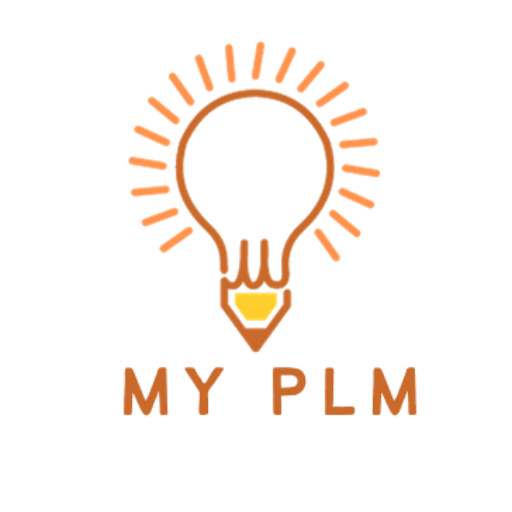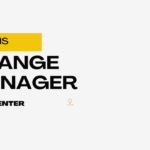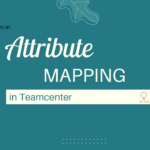In the dynamic landscape of product lifecycle management (PLM), efficient data management is paramount. Teamcenter, Siemens’ comprehensive PLM solution, offers a robust set of features to streamline processes and enhance collaboration across various stages of product development. Among its array of functionalities, “Where Used” and “Where Referenced” stand out as crucial tools for managing product data effectively.
Table of Contents
Introduction to Where Used and Where Referenced
Where-Used and Where-Referenced are fundamental capabilities within Teamcenter that allow users to navigate through intricate product structures, understand dependencies, and ensure data integrity throughout the lifecycle. These features empower users to track the usage and relationships of product components, facilitating informed decision-making and efficient change management.
Where Used: Navigating Up the Product Structure
In Teamcenter, the Where-Used functionality enables users to trace the usage of a particular item within the product structure. When working on complex assemblies or parts, understanding where a component is utilized is essential for tasks such as design modifications, impact analysis, and configuration management.
For instance, if an engineer needs to make changes to a specific part, utilizing the Where-Used feature helps identify all assemblies, sub-assemblies, or drawings where that part is incorporated. This visibility ensures that any modifications made are accurately reflected across all relevant documents and assemblies, avoiding inconsistencies and potential errors down the line.
Where Referenced: Exploring Downstream Dependencies
Conversely, the Where-Referenced functionality in Teamcenter allows users to explore the downstream dependencies of a selected item. It provides insights into how a particular component influences other aspects of the product, such as assemblies, drawings, or manufacturing processes.
For example, if a designer intends to retire a certain part from the product lineup, utilizing Where-Referenced helps identify all associated documents, assemblies, and manufacturing instructions that reference that part. This insight is crucial for assessing the impact of part obsolescence and planning mitigating actions to ensure continuity in production and assembly processes.
Key Benefits of Where Used and Where Referenced
1 Efficient Change Management
By accurately tracking component usage and dependencies, Where-Used and Where Referenced streamline change management processes, reducing the risk of overlooking critical impacts during design modifications or part retirements.
2 Enhanced Collaboration
These features facilitate collaboration among cross-functional teams by providing comprehensive visibility into product structures and dependencies. Engineers, designers, and stakeholders can make informed decisions based on accurate data, fostering collaboration and alignment across departments.
3 Data Integrity and Compliance
Ensuring data integrity and compliance with regulatory requirements is paramount in industries such as aerospace, automotive, and medical devices. Where-Used and Where Referenced help maintain data integrity by identifying and managing relationships between components, ensuring compliance with industry standards and regulations.
4 Time and Cost Savings
By enabling quick access to information about component usage and dependencies, these features save time and resources that would otherwise be spent manually tracing relationships or resolving inconsistencies.
Conclusion
In the complex realm of product development, having visibility into the usage and dependencies of components is indispensable. Where-Used and Where-Referenced functionalities in Teamcenter empower users to navigate through intricate product structures, understand dependencies, and make informed decisions throughout the product lifecycle.
By leveraging these capabilities, organizations can streamline change management processes, enhance collaboration, ensure data integrity, and drive efficiency across the product development lifecycle. As industries continue to evolve, Teamcenter’s Where-Used and Where-Referenced features remain essential tools for optimizing PLM processes and driving innovation.
Read More Articles
Exploring the Power of Tiles in Teamcenter’s Active Workspace Client
Understanding the Contrast: Volume vs. Database in TC
Exploring TC: The Central Hub for Product Lifecycle Management
Understanding Item Revision in TC: A Comprehensive Guide
Unlocking Efficiency and Precision: Understanding Workflow Designer in TC
Understanding PLM (Product Lifecycle Management): A Comprehensive Guide
Demystifying BMIDE in TC: Empowering Effective PLM Solutions
Understanding Organizations in TC: Building Efficient Work Structures
Demystifying Datasets in TC: A Comprehensive Guide
A Step-by-Step Guide to Installing TC Software
Revealed Pseudofolders in Siemens TC: Simplifying Data Management for Engineers
Unlocking TC’s Potential: A Guide to Creating Custom Properties





